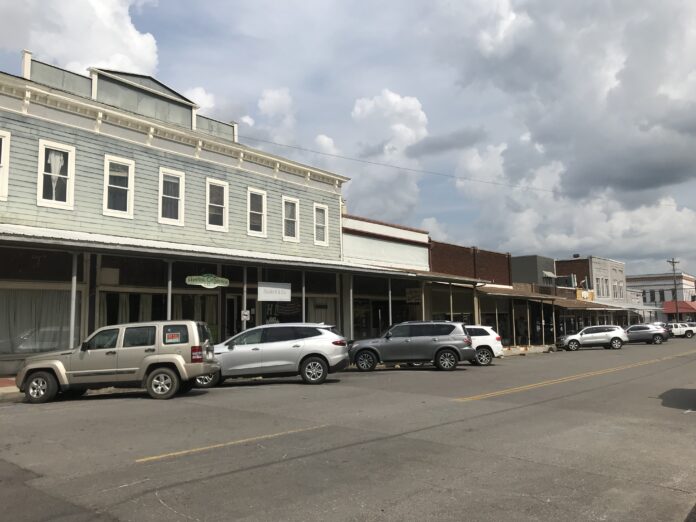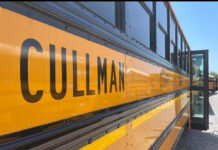CULLMAN, Ala. – The National Register of Historic Places criteria for evaluation allow for prioritization of the preservation of historical sites based on their quality of significance in American history, including places that are associated with events that contributed to the broad patterns of our history, that are associated with the lives of significant persons and that embody the distinctive characteristics of a method of construction among other criteria according to the U.S. Department of the Interior National Register Bulletin.
Cullman has several historical sites registered in the National Register of Historic Places. The Cullman Downtown Commercial Historic District was listed in the National Register in 1985. It contains 58 buildings making up two complete blocks and parts of six other blocks on the east side of the railroad track. When nominated to the register, the nomination form read:
“The Cullman ‘Downtown’ Historic District is significant as an excellent representative of late 19th and early 20th century small town commercial architecture found in Alabama. The styles exhibited within the district include Italianate, Eastlake, Neo-Classicism and Commercial-Brick with some Chicago School influence and commercial buildings with no pretense at style. The architecture found within the district reflects the local interpretations of these architectural styles and serves to reflect the development of the downtown as a commercial area from the 1880’s thru the 1930’s.”
The Main Street Program created in the 1980s inspired many downtown districts to preserve their historical storefronts. Alabama downtowns are home to new businesses that keep the classic storefronts. This is done to add character to towns and keeps communities in touch with their heritage, as well as preserving beautiful architecture and attracting tourists that add to town revenue.
The Cullman County Museum keeps track of the ever-changing business developments in the historic downtown while remembering the businesses to first inhabit the buildings.
Cullman County Museum
The Cullman County Museum itself is a historical monument, built as a replica of founder Johann Cullmann’s house in 1975. The home’s design was influenced by Swiss architecture with a narrow front porch extending its width, gingerbread trim and twin towers from which, in Johann Cullmann’s day, flew the German and American flags. The museum is home to the rich German heritage brought to Cullman by its founder. It is also where the Cullman Historical Society holds its monthly meetings. Cullmann brought thousands of Germans to the area to establish his “Die Deutsche Kolonie Von Nord Alabama,” The German Colony of North Alabama.
Stiefelmeyer Building
One of the most prominent buildings in the Commercial Historical District is the Stiefelmeyer Building. It was the Walmart of its day and was in business until the early 1980’s. Now various offices and a restaurant inhabit the space. Most of the early buildings in Cullman including Stiefelmeyer’s were made of wood. The majority of the wooden buildings burned including the C. A. Stiefelmeyer Storehouse in 1892, which was quickly rebuilt even larger as the current Stiefelmeyer’s building. The buildings in the district now are mainly one-to-two story brick buildings. The Stiefelmeyer building is the only one left to be made of wood in the historic downtown. It was registered in the National Register of Historic Places in 1983. Charles Stiefelmeyer was well-loved by his employees, some of whom worked for him for decades. He and his wife, originally Maggie Dreher, died in 1959. They never had any children, but after his death, he left more than $260,000 in cash and thousands of dollars’ worth of property to 73 beneficiaries all of which were employees. A 1983 Cullman Tribune article stated about C.A. Stiefelmeyer, “…during his 50 years of business in Cullman, has not only endeared himself to his employees but also has enjoyed the highest esteem of the business world and the sincere respect and trust of the people from all parts of this county who have dealt with him during this half century.”
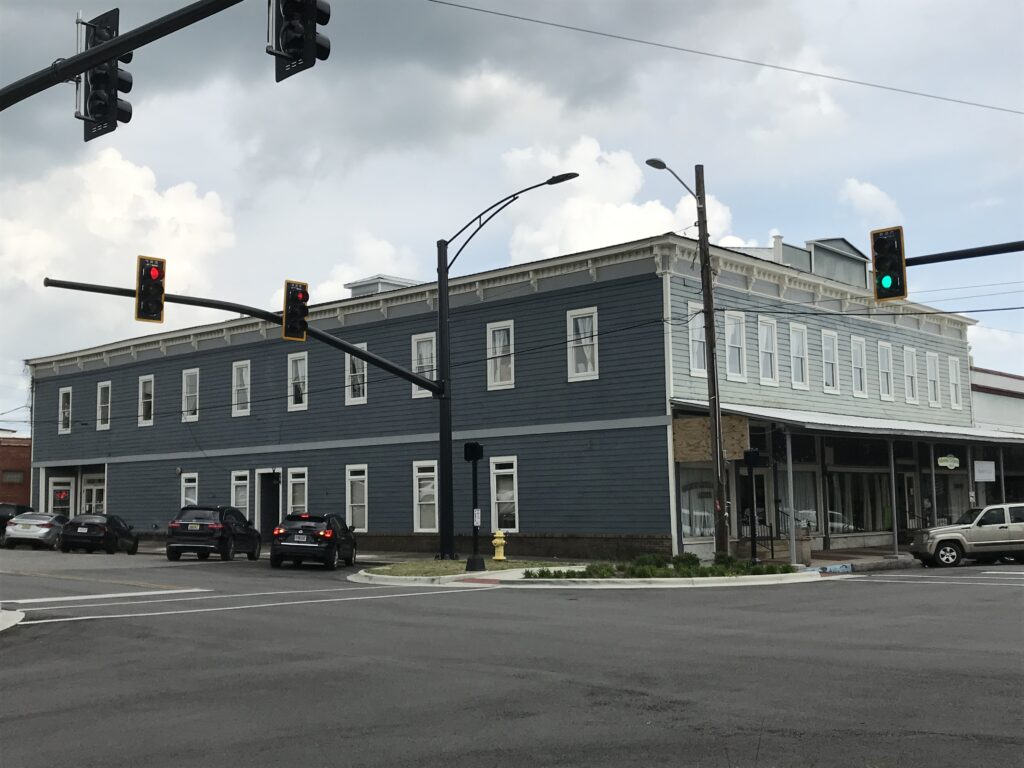
German Bank
The Mary Carter Paint store located at 104 4th St SE was originally the site of the German Bank. Raymond Young started the store in 1964. The German heritage is remembered through the signage on the side of the building painted by Steve Carter. The bank was chartered on Feb 26, 1903, with a capitalization of $25,000. It closed just 11 years later in 1914. The book “Legendary Locals of Cullman County” describes the scandal that was the reason for the short lifespan of the bank, saying, “One of the tellers absconded with a large portion of the deposits, leaving the bank, which had been having financial problems for years, in a bind. Sacred Heart Catholic Church lost $5,000 and was forced to cut back on its building program. The twin steeples were to have been one story taller and clocks were to have been on all four sides. Most stories say the teller took off to Germany with the embezzled funds, but an alternative version says he was arrested and served time. Either way, the action resulted in several lawsuits since there was no federal insurance for banks at the time.” (Courtesy Cullman County Museum)
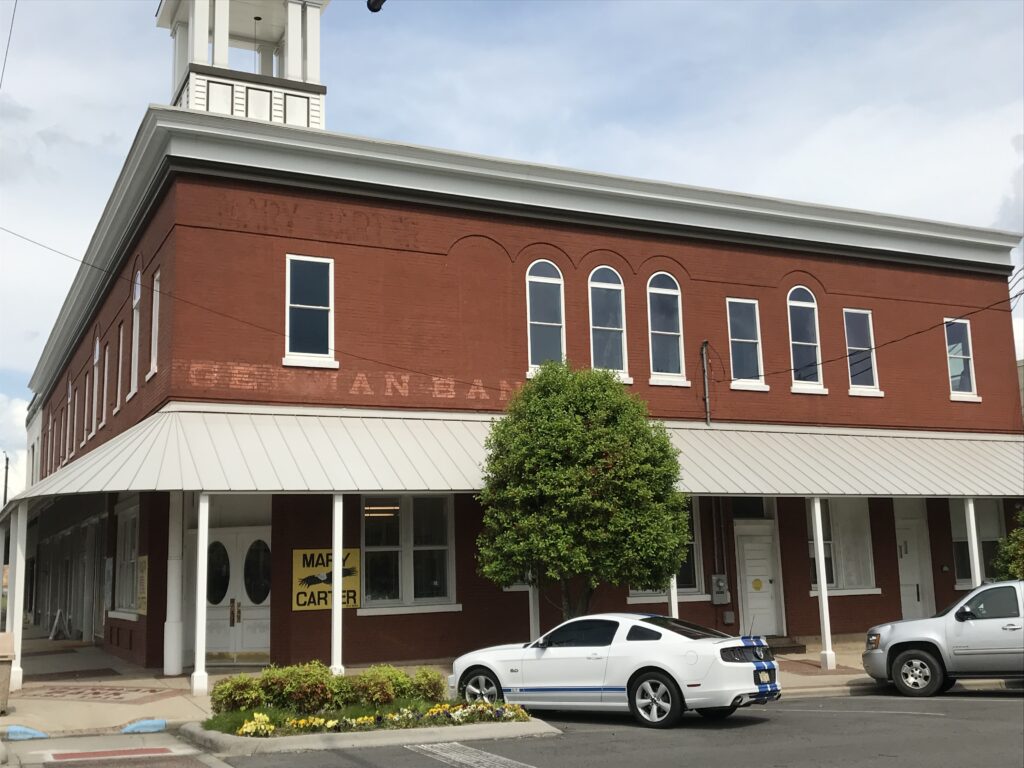
Ruehl Building
The Ruehl building (pronounced reel), built in 1900, was purchased and renovated by the members of St. John’s Evangelical Protestant Church. It is now used as a community building for meetings, church functions and parties. It used to house the Charles Ruehl Wagon and Carriage Manufactory located at the corner of 6th St and 3rd Ave SE. The business provided blacksmithing and built wagons and carriages which were the only form of local transportation in early Cullman. An excerpt from The Cullman Tribune, 1924, states, “Mr. Ruehl was well known throughout Cullman and adjoining counties for since his young manhood, he had been engaged in the manufacture of wagon and repair work. His kind and gentle disposition was ever such as to win for him the strong personal friendship of all whom he had dealt with.” The Cullman Historical Society has had multiple meetings at the historic site.
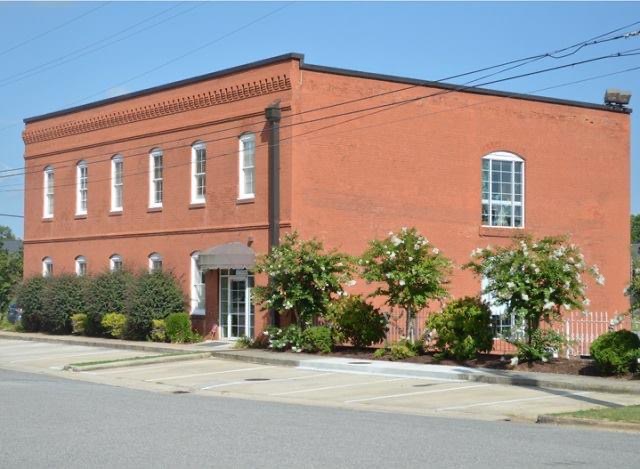
Busy Bee Café
The Busy Bee Café first opened in 1919 and is the oldest restaurant in Cullman. It had multiple owners in the early years. But, the current owners, The Spears family, are making history by having owned it the longest—four generations.
Director of the Cullman County Museum Drew Green shared a story which took place during the tornado outbreak of 2011, saying, “Kitty Spears, the owner, was cleaning up on April 27, 2011, when the barber next door came over and said she better take cover, but she decided to stay and told him she would have a cup of hot tea for him when it was over. The buildings were destroyed, and she was badly injured but a year later she served him the tea.”
In 1922, an ad in the Cullman Tribune for Busy Bee Café stated, “Good eats served quick at the Busy Bee Café on the handy corner. You can’t beat the Busy Bee Café when you want a good quick lunch, cigars, tobacco, cigarettes, soft drinks, fruits, candies, etc.”
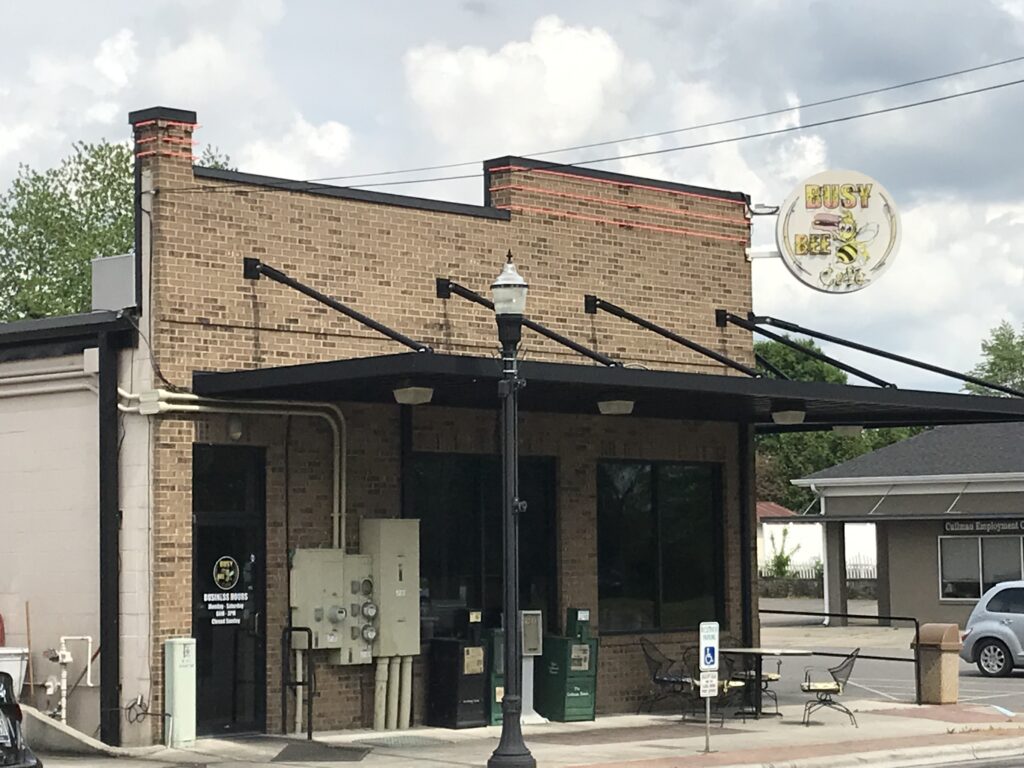
Luther Hays home
In 2010, The Dr. Luther Hays home was the headquarters of the Cullman County Historical Society located at 611 First Ave SW. The site is now an empty lot as the historical Hays home was subject to be one of the unfortunate cases of a historic building evading preservation. The building was damaged in the tornado outbreak of April 2011 and was a part of a block purchased by the county for future development. The Historical Society offered to sell the house for $1 if someone would move it, but the offer was never accepted. Dr. Hays, one of the pioneer physicians of Cullman, began practicing medicine in 1901. The home he built with his wife Ethel featured a wrap around porch typical of Southern houses. When not seeing patients in his home office, Dr. Hays would travel by horseback and treat patients in their own homes.
Many other businesses make up the historic downtown of Cullman. The information in this article was provided by Director Green at the Cullman County Museum who is happy to provide information to anyone looking to know more about the history of Cullman County.
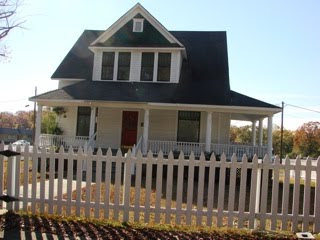
Copyright 2022 Humble Roots, LLC. All Rights Reserved.

